In the late 1960s, Israel Shipyards was the first in the Western world to design and build a fast-attack missile boat: the Reshef Class SAAR 4, commissioned by the Israeli Navy. At that time, it was a new concept to use relatively small, fast missile-equipped craft to meet threats in the Naval arena. The swift action and superior handling of the SAAR 4 was cited by the Israeli Navy as contributing to the successful defense of Israel in the 1973 war. This pioneering success eventually resulted in a second vessel: the NIRIT class SAAR 4.5, a larger, more powerful version of the SAAR 4. Many SAAR class boats are actively serving in the Israeli Navy as well as other Navies around the world.
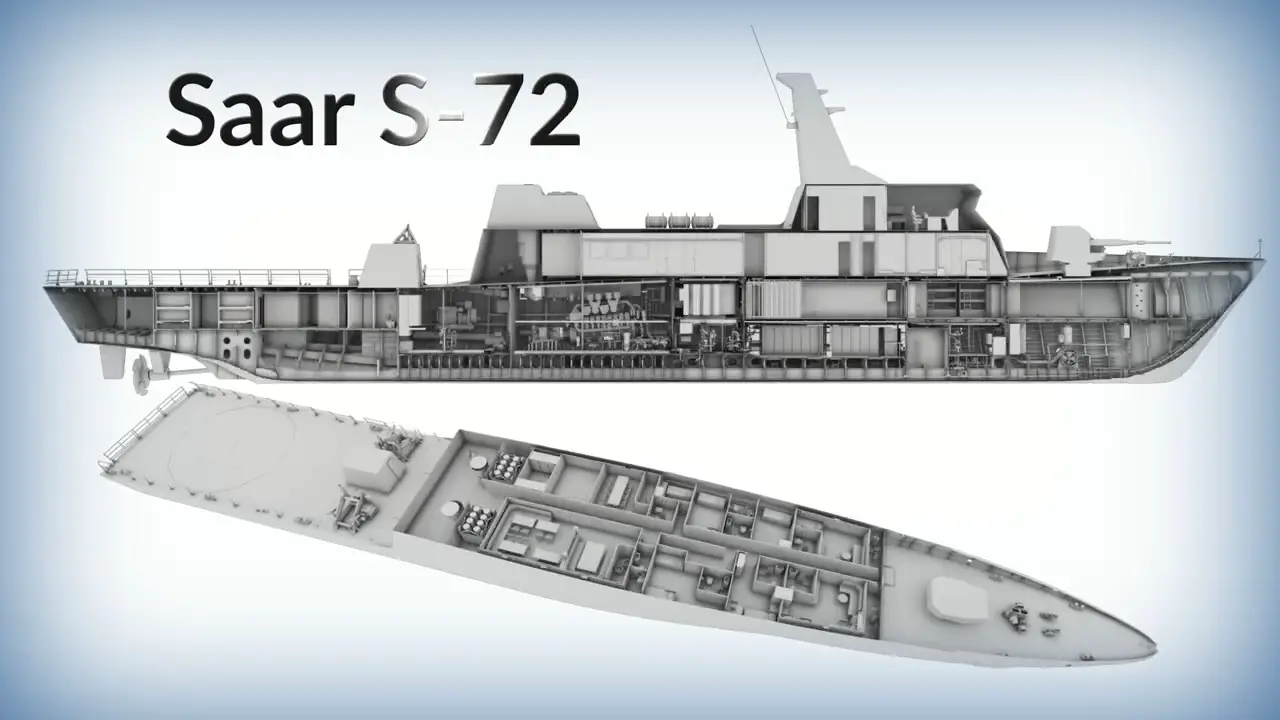
Sa’ar 72 is a new class of Israeli Navy corvettes designed by Israel Shipyards Ltd. as an improved and stretched Sa’ar 4.5-class missile boat. The ship developed to prevent illegal activity and maritime terrorism, provide coastal protection for Naval forces, and protect territorial waters and EEZs. This multi-mission vessel, in a Corvette configuration, is modularly designed for use in naval warfare or as an OPV. When used as an OPV, it can be provided with lighter weaponry. The SAAR S-72 utilizes hybrid propulsion, automatically switching to diesel upon acceleration.
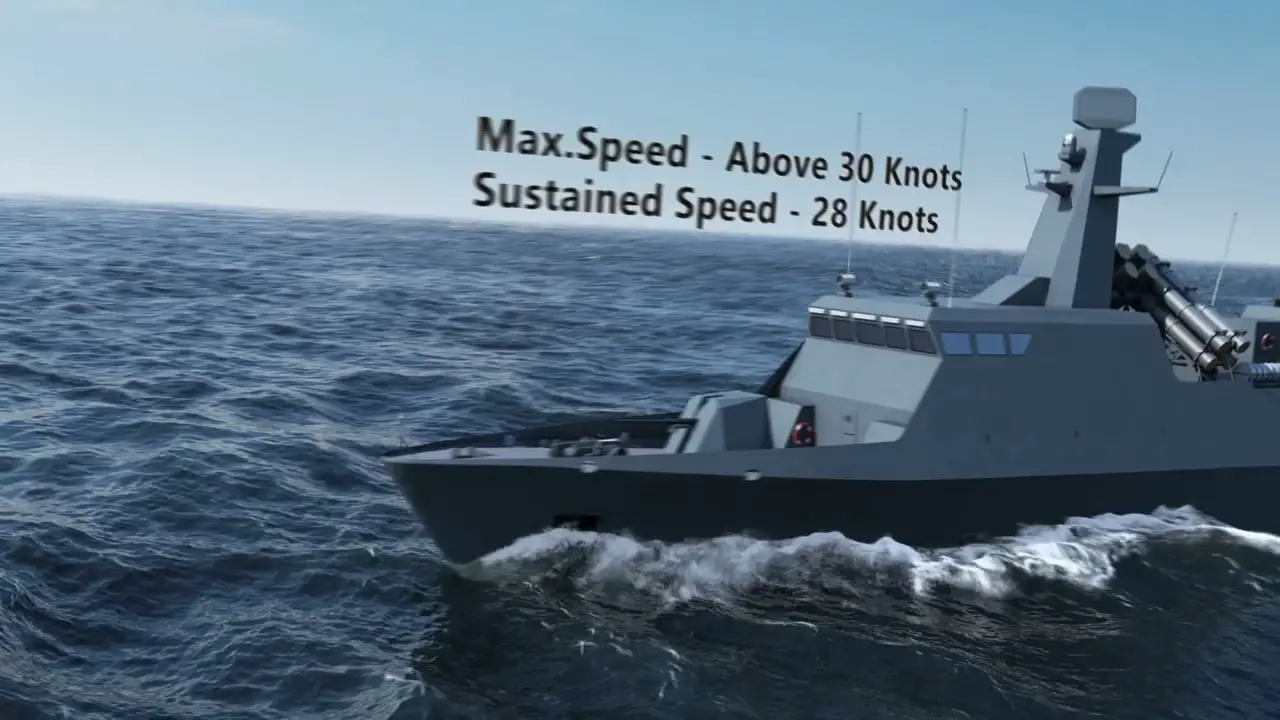
It is a multipurpose vessel at the length of 72 meter and full displacement of about 800 tons. As the existing Naval vessels of Israel Shipyards, the new corvette will also reach the speed of above 30kn with an extended endurance. The SAAR S-72 can operate a medium size marine helicopter. It also supports unique possibilities of utilizing Special Forces units. It also supports unique possibilities of utilizing Special Forces units. The SAAR S-72 is offered as a missile corvette or it can be proposed in an OPV version.


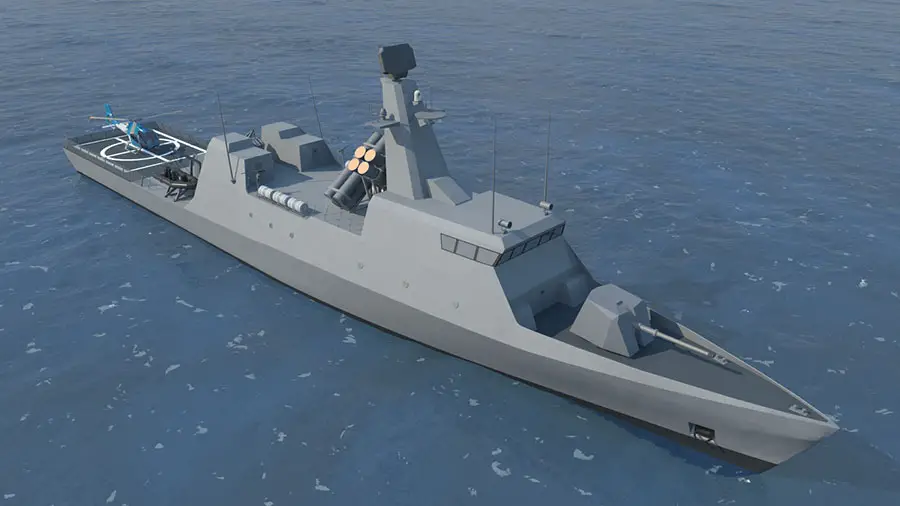


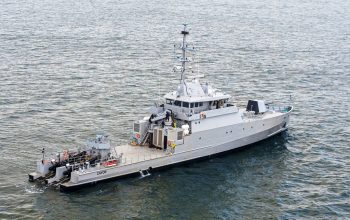
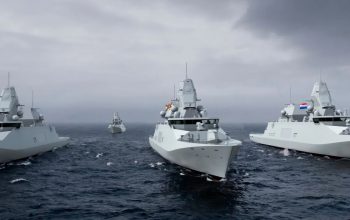


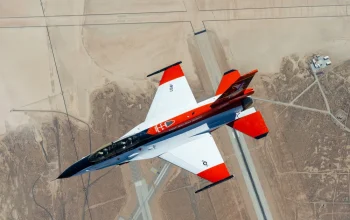
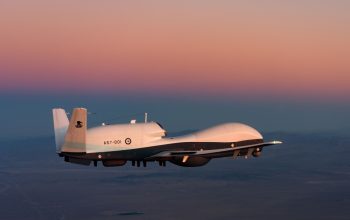

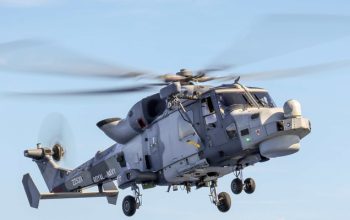
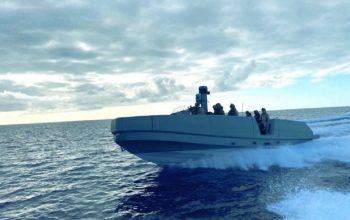
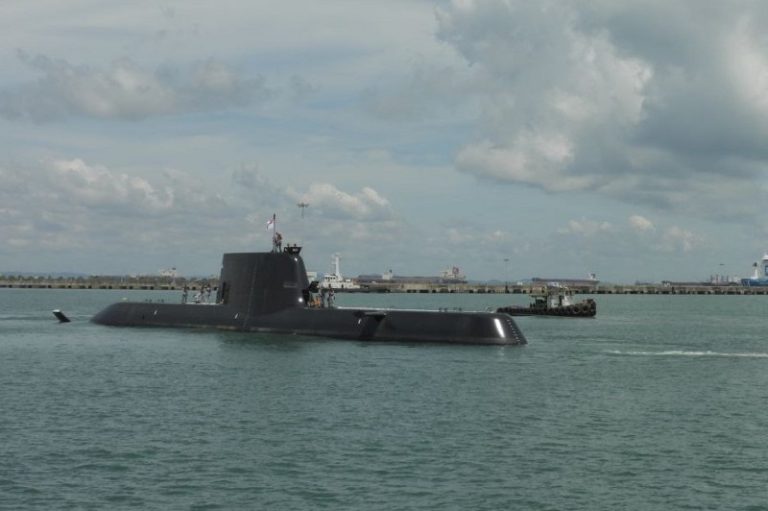

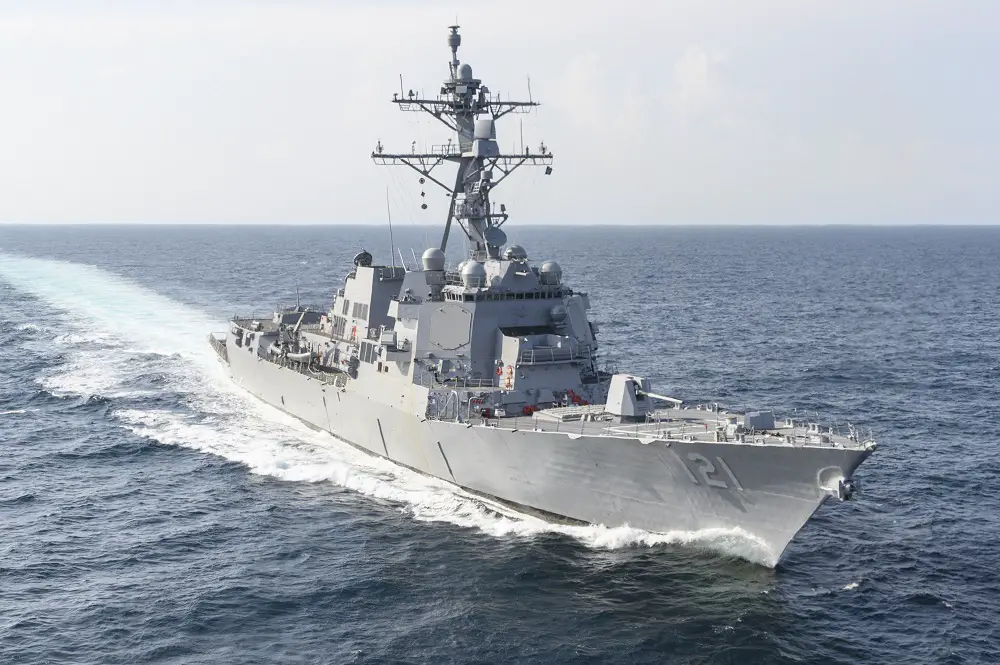



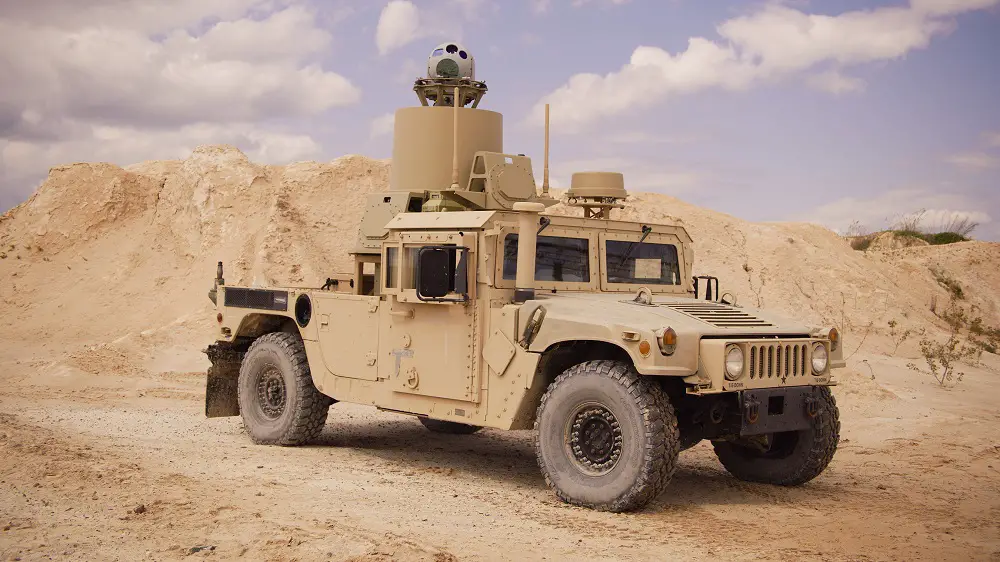

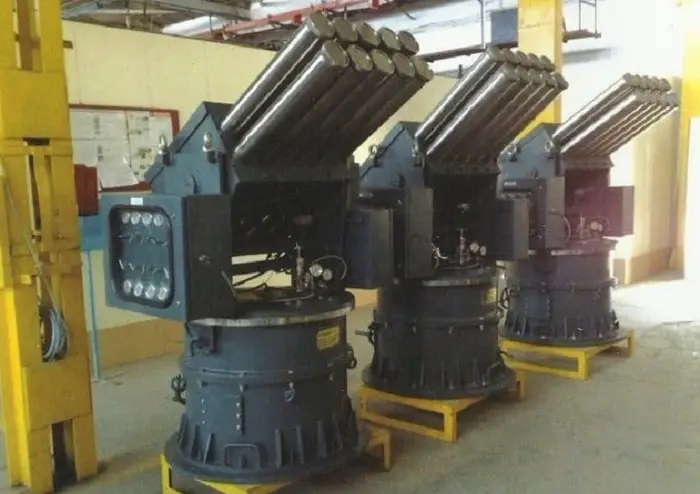
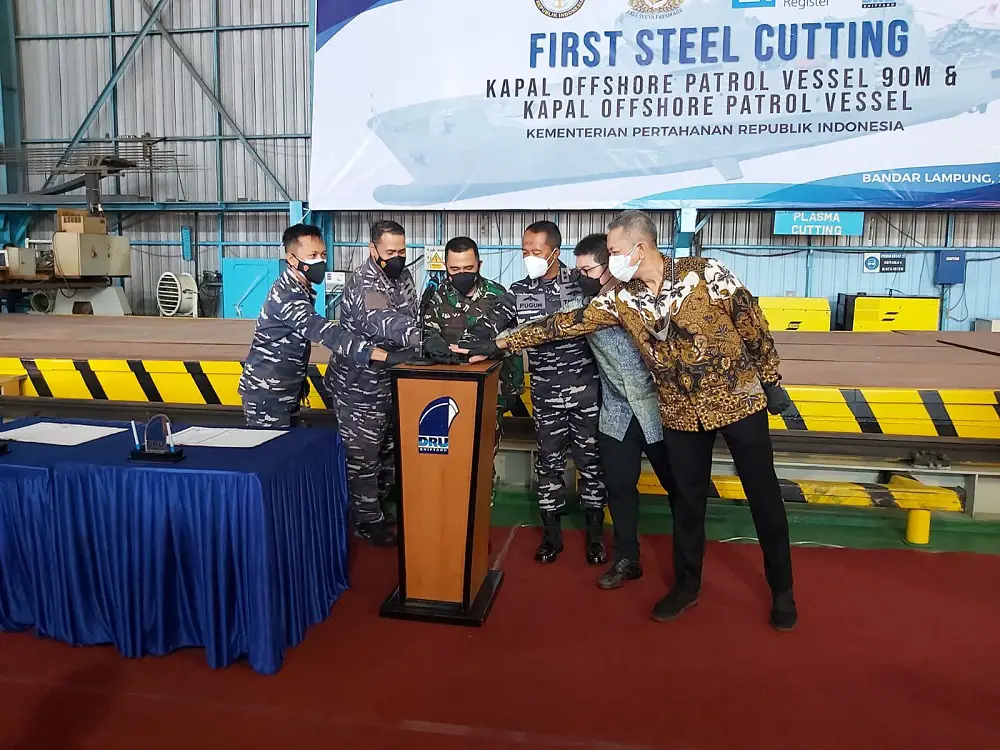



Fantastic interest